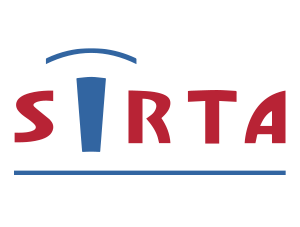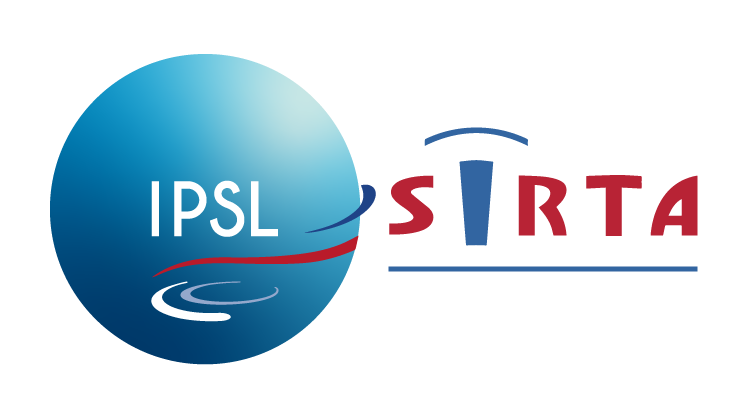Precipitations
The activities of the “Precipitation” WG concern the processes governing the onset of precipitation, its intensity at different spatial and temporal scales (QPE, extreme values) and their variability. The WG is actually meant to offer a small-scale vertical description of precipitations-related variables.
One of the objectives of the WG is to have different datasets in different weather situations. With this in mind, measurement campaigns (past and future) are regularly carried out.
The WG has three components: technical developments, measurement campaigns, methodological developments. On the SIRTA site we have several observation devices: rain gauges, disdrometer, X-band radar (ROXI). The latter can be used in synergy with the BASTA cloud radar (cf. WP 1) for microphysical studies or in the framework of the CCRES (Center for Cloud Remote Sensing).
Among the studies in progress, we can highlight the characterization of microphysical species and their relation to the surrounding environment, or the study of deep convection. Other studies currently underway concern the comparison of different rain products or the role of urban heat islands in triggering precipitation.
Laboratories involved: LATMOS, IPSL, LAMP, LaCy
Activities and projects
1. Classification and typologies of microphysical species
Contact: Audrey Martini
This sub-package is meant to develop and test a series of methodologies to provide a classification of the precipitations. To do so, we use unsupervised methods like k-means or Self-Organizing Maps (SOM) with reflectivity (Z) and Doppler velocity (VDop) as inputs and eventually combining ROXI (9.5 GHz) and BASTA (95 Ghz) data. The classified data are meant to represent the various species of hydrometeors observed at SIRTA according to systems, seasons, meteorological situations etc…
In addition, ROXI data coupled with BASTA data are used to estimate water content profiles and quantitative precipitation estimates at SIRTA.
Once the methodologies have reached a satisfying degree of maturity and have been validated, comparison with measurement in Paris downtown will be performed to assess the impact of human activities on microphysical properties of precipitation.
2. Intercomparaison Météo France / Imerg rain products
Contact: Laurent Barthès, Cécile Mallet
Météo France and NASA each provide precipitation products (Mosaic rain maps at the resolution of 1×1 km2 and IMERg map at the resolution 0.1×0.1 degree). The aim of this project is to compare these two products over France. An auto-encoder based on convolutional neural networks is used in order to project the rain maps in a space of reduced dimension and thus facilitate their comparison.
3. Restoration of Precipation Echoes in Radar Data
Contact: Laurent Barthes
Raw data issued from meteorological radars are often corrupted by unwanted signals generically called clutter (non-precipitating echoes). Hills and tall buildings, atmospherical turbulence, birds and insects yield patterns that complicate the interpretation of radar images and might add bias in the Quantitative Precipitation Estimates (QPE). These non-precipitating echoes differ from meteorological information by their polarimetric signatures and by their particular shapes. This study aims to detect and remove clutter in radar weather data with an approach based on machine learning technics and more specifically based on deep learning methods.

